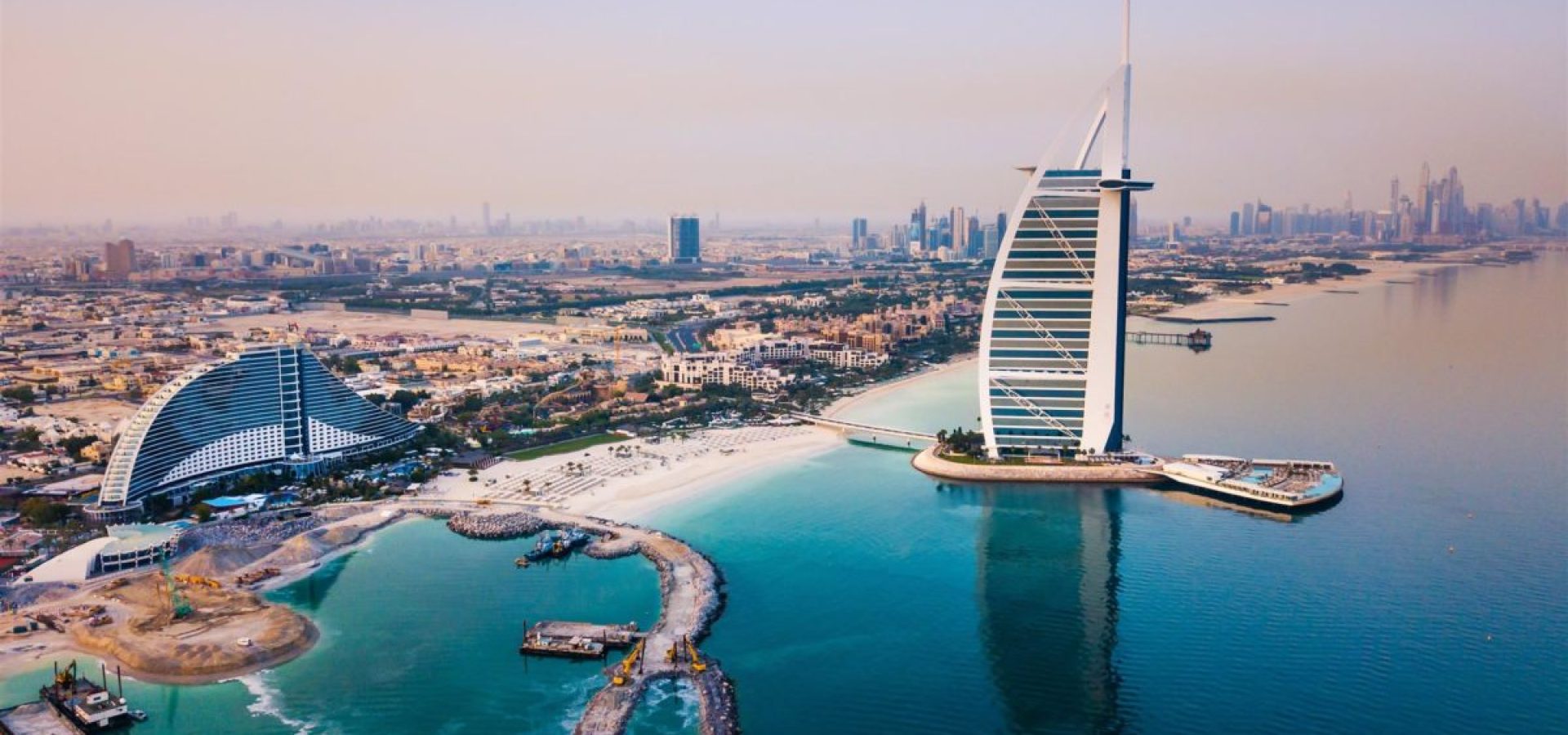Oil prices reached their highest point in several years on Tuesday as possible supply disruption after attacks in the Mideast Gulf added to an already tight supply outlook.
Brent crude futures gained $1.02 or 1.2% to $87.50 a barrel by 09:24 GMT. U.S. West Texas Intermediate (WTI) crude futures advanced $1.36 or 1.6% to $85.18 a barrel. Both of them touched their highest levels since October 2014 on Tuesday.
This week, Houthi attacked the United Arab Emirates, escalating hostilities between Houthi and Saudi Arabian-led coalition.
After launching drones as well as missile strikes that killed three people, the group warned it could target more facilities. Unsurprisingly, the United Arab Emirates said it reserved the right to “respond to these terrorist attacks”.
Oil company ADNOC and its position
The Abu Dhabi National Oil Company or ADNOC said it activated business continuity plans to ensure uninterrupted supply of products to its local and international customers after an incident at its Mussafah fuel depot.
There are other issues as well. Tensions between Russia and Ukraine also influenced oil prices.
Furthermore, some producers with OPEC are struggling to pump at their allowed capacities due to various problems. The Organization of the Petroleum Exporting Countries and its allies agreed to add 400,000 barrels per day each month. But several countries are struggling to increase output due to underinvestment and outages.
Analysts from Goldman Sachs expect oil inventories in OECD countries to decline to their lowest since 2000 by the summer. They expect the price of Brent to reach $100 a barrel later this year.









COMMENTS